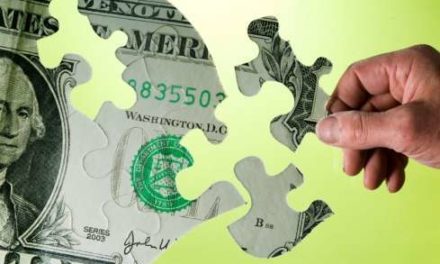There has been a lot of talk on the City Council and the County Commission and in the news media about increased taxes.
However, even with the higher rate adopted by the city and the likely higher rate the county will adopt, a lot of homeowners will have tax cuts.
It seems clear that a majority of homeowners in Memphis will pay lower city property taxes this year under the increased $3.40 property tax rate than they did last year at the $3.11 rate.
And it is clear that two-thirds or more of homeowners across Memphis and Shelby County will pay lower county property taxes this year than they paid last year at whatever rate the County Commission approves.
(These figures apply only to residential properties. Reappraisal figures show that commercial and industrial properties overall will face tax increases.)
Commissioners recently rejected a $4.38 rate proposed by County Mayor Mark Luttrell, which is 6 cents higher than a $4.32 rate that officials have calculated would be needed to bring in the same total revenue as last year’s $4.02.
The $4.38 rate would be a rate increase of almost 9 percent. Luttrell’s administration obtained figures from the Shelby County Assessor’s Office which show that under the reappraisal program, about 66 percent of residential property owners had a decline in property value greater than 9 percent.
According to news reports, Luttrell passed the information along to commissioners. What impact if any, the information had on commissioners is not clear.
The two percentages don’t exactly match up but they show that about two-thirds of homeowners would pay lower county property taxes than last year if the rate is increased 9 percent this year.
The assessor’s office did not look at the Memphis figures. The Memphis property tax rate went up 9.3 percent. That means that any city homeowner with a 9.3 percent reappraisal cut or more will certainly receive a tax cut this year. That should be more than half of city homeowners and probably close to the two-thirds who will receive a county reduction if a county rate increase at or close to 9 percent is adopted.
(The way the numbers work out, people who received a reappraisal cut a little under 9.3 percent will receive a tax cut of a few dollars.)
In another aspect of the reappraisal program, news media outlets have not been interested in delving into why property values declined more in Shelby County outside Memphis than in Memphis.
The population of suburban Shelby County outside Memphis is clearly more affluent overall than Memphis’ population. Also, the suburban population has been growing while the city’s population has been decline.
One perhaps would think that a greater decline in property values would have occurred in Memphis than in the suburbs.
However, the assessed value figures from the reappraisal compared to last year’s values show a 2.4 percent decline in Memphis, a 3.99 percent decline countywide and a 6.4 percent decline in Shelby County outside Memphis.
The greatest decline among municipalities was 6.6 percent in Lakeland.
Patrick Lafferty, chief administrative officer in the assessor’s office, said it all has to do with the percentages of residential and commercial and industrial properties in the various areas. This has a significant impact, he said, because the reappraisal showed an increase in commercial and industrial values while residential values went down.
Memphis has nearly a 50-50 ratio of commercial and industrial to residential and the higher commercial and industrial values offset to a significant degree the residential value decline in the city.
“Shelby County is 61 percent residential and 39 percent commercial,” Lafferty said.
The suburban municipalities range from 70 percent to more than 80 percent residential and thus the residential value decline had a greater impact there, he said.
Lakeland particularly has very little commercial and industrial property compared to residential property.
Also, Lafferty said, “Remember C and I (commercial and industrial) properties were heavily appealed during the past four years, whereas only a fraction of residential properties were appealed at anytime during 2009 to 2012.”
The state required reappraisal every four years is designed to produce more equity among property taxpayers in terms of how much they pay compared to each other. However, a good number of elected officials and many taxpayers are confused by reappraisals and what they mean.




